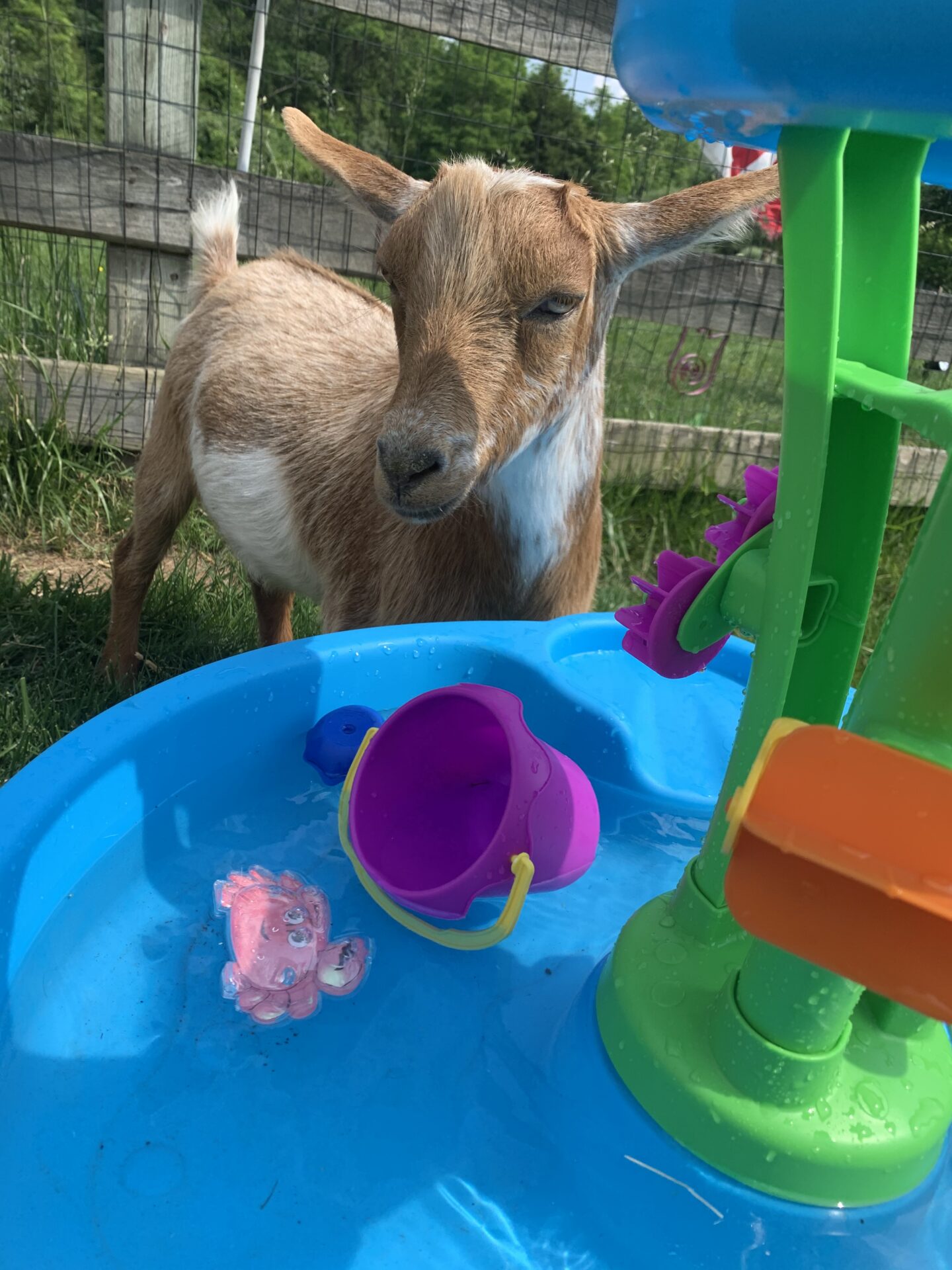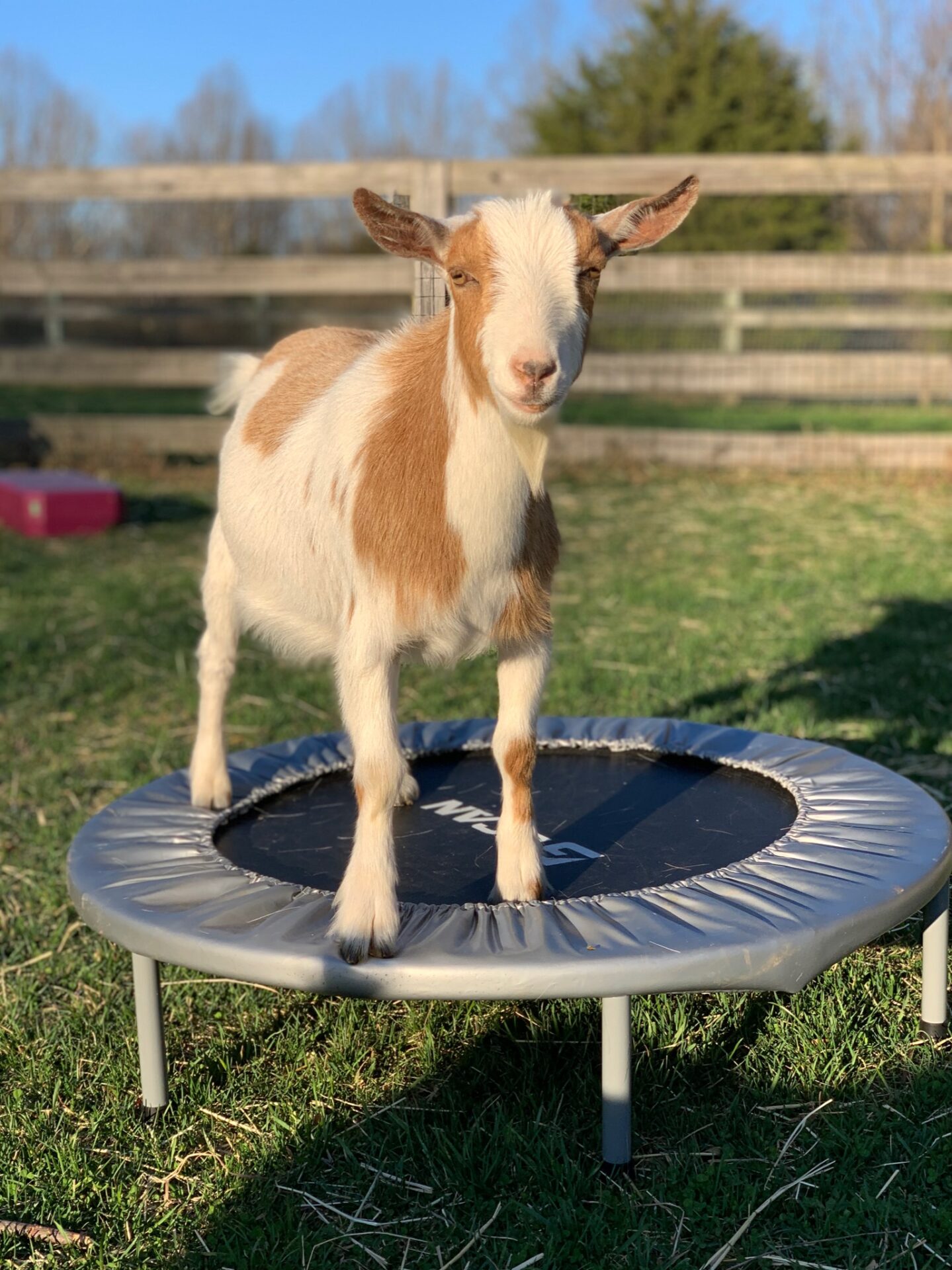Find Out More About Occupational Therapy
What is OT for kids?
In the simplest of terms, occupational therapists help children across their lifespan participate in the activities that they want and need to do through the use of therapeutic use of activities or occupations.
Occupational therapy interventions help children with delays and disabilities participate fully in school, community, and social situations. OTs ask “what matters to you?” not, “What’s the matter with you?”
Services typically include an individualized evaluation including therapy goals determined by the family and the OT, a customized treatment plan to improve the child’s ability to perform daily activities and reach their goals, and an outcome evaluation to ensure that their goals are being met.

What is sensory integration?
Sensory integration is the process by which we receive information through our senses, organize this information, and use it to participate in everyday activities. There are more than 5 senses: Most people are familiar with five senses – sight, hearing, smell, taste, and touch. However, we also receive input through three additional senses:
The vestibular sense, or movement and balance sense, gives us information about where our head and body are in space. It allows us to stay upright while we sit, stand, and walk.
Proprioception, or body awareness sense, tells us where our body parts are relative to each other. It also gives us information about how much force to use in certain activities, allowing us to crack open an egg without crushing it in our hands.
Interoception tells us when we are hungry, overheated, tired, need to use the bathroom or feeling nauseous. Most activities require us to combine information from many different senses at the same time.
For example, a toddler uses touch to explore the texture of his food, proprioception to bring the food to his mouth, smell and taste to identify different types of food, and the vestibular sense to sit upright during the meal.
As they grow, children learn how to take in and process all this sensory information at the same time, and focus their attention on particular sensations while ignoring others. Some children have difficulties receiving and processing incoming sensations, making everyday tasks at home and at school frustrating.
Signs my child may have a sensory processing Issue:
-
Overly sensitive or under reactive to touch, movement, sights, or sounds
-
Difficulty during hygiene routines (may not like bath time, having hair cut, having nails cut)
-
Unusually high or low activity level
-
Easily distracted; poor attention to tasks that are appropriate for their age
-
Delays in speech, motor skills, or academic achievement
-
Coordination problems; appears clumsy or uses awkward movements.
-
Poor body awareness: may bump into others, use too much force with tools or body, or not enough force
-
Difficulty learning new tasks or figuring out how to play with unfamiliar toys
-
Difficulty with multi-step tasks
-
Difficulty with tasks that require using both hands at the same time
-
Appears to be disorganized most of the time
-
Difficulty with transitions between activities or environments
-
Immature social skills
-
Impulsivity or lack of self-control
-
Difficulty calming self once “wound up”
Can’t my child just practice the skill that they need to improve on?
When a child struggles with certain motor skills, typically repeated practice alone is not enough. It is important to remember that not all types of learning, especially motor learning, can be mastered by practicing.
Efficient sensory processing is necessary for higher-level skill-building. Until a child has efficient processing, he or she will not acquire the skill efficiently.
My Pediatrician Says My Child Is Fine And We Should Use The “Wait And See” Method But I Feel Otherwise. What Should I Do?
It is important to trust your intuition as you know your child best. Your pediatrician only sees your child for a short time period and does not see the day-to-day difficulties. Please call if you have questions.

What is animal-assisted therapy?
Animal-assisted intervention is directed and/or delivered by a practicing degreed professional with expertise in providing goal-directed, documented intervention to promote cognitive, motor, psychosocial, and sensory skills. The child works towards his or her therapeutic goals while getting all the benefits of being with an animal.
Some examples of how we incorporate the animals into a therapeutic activity include:
-
Practicing following directions by working in the tack room to gather animal snacks, grass, and tools
-
Practicing sequencing and executive functioning skills by completing barn and animal maintenance activities
-
Working on using 2 hands together and using appropriate force modulation to brush the goats.
-
Engaging in an outdoor obstacle course to work on gross motor skills
-
Improving self-concept, leisure skills and overall participation by walking goats out to the pasture.
